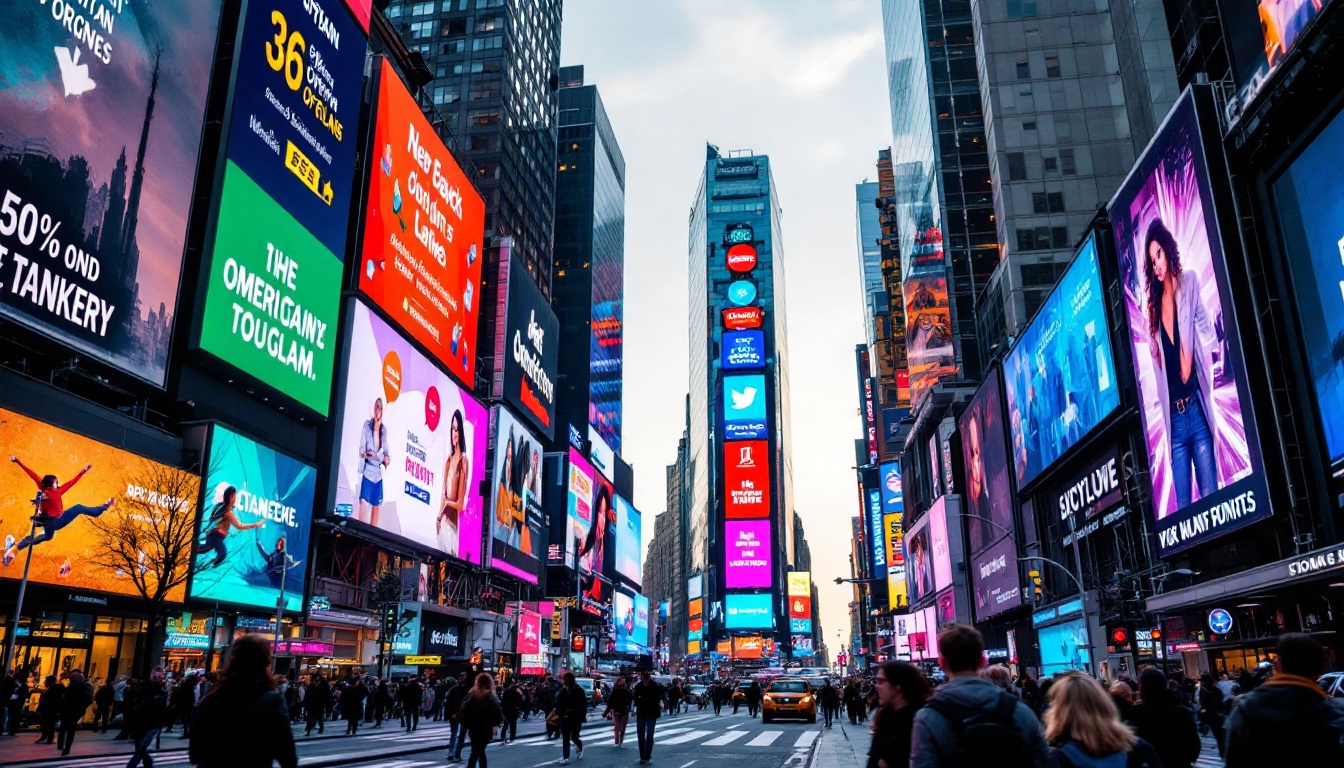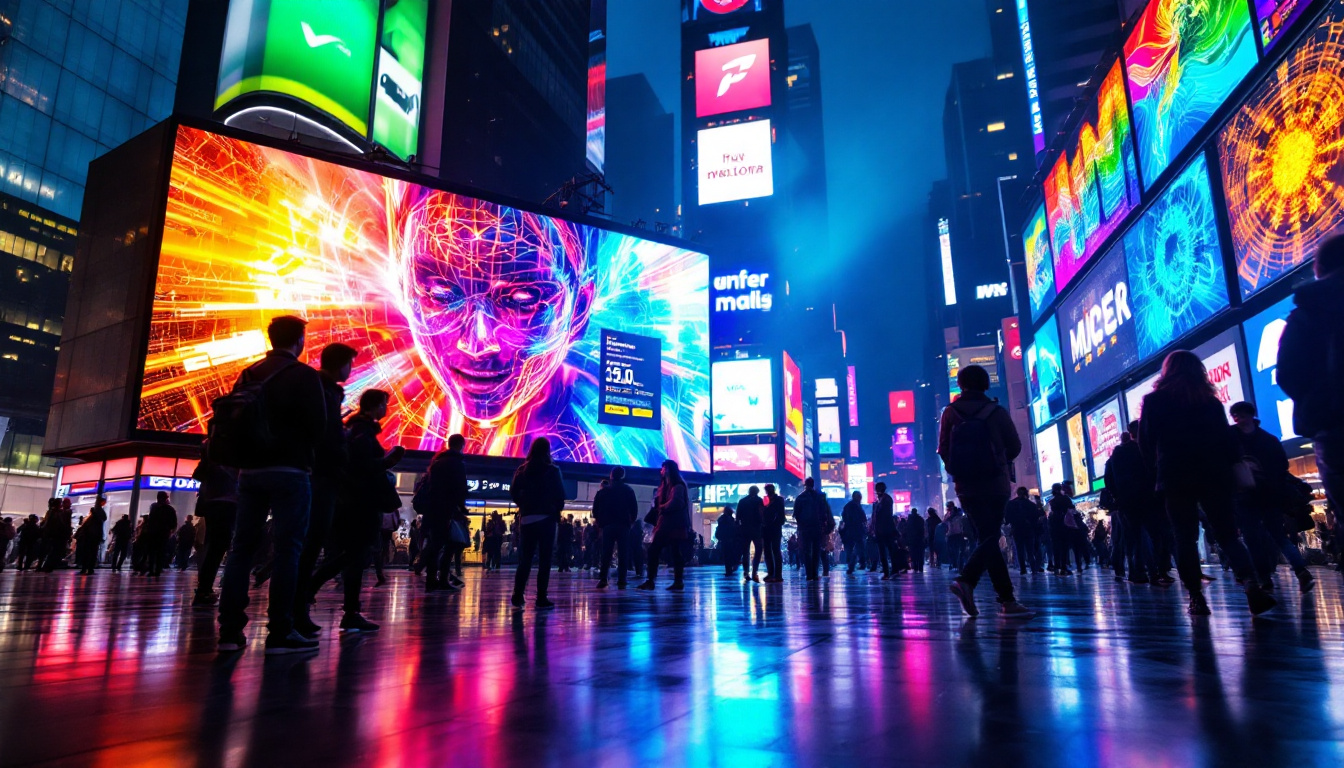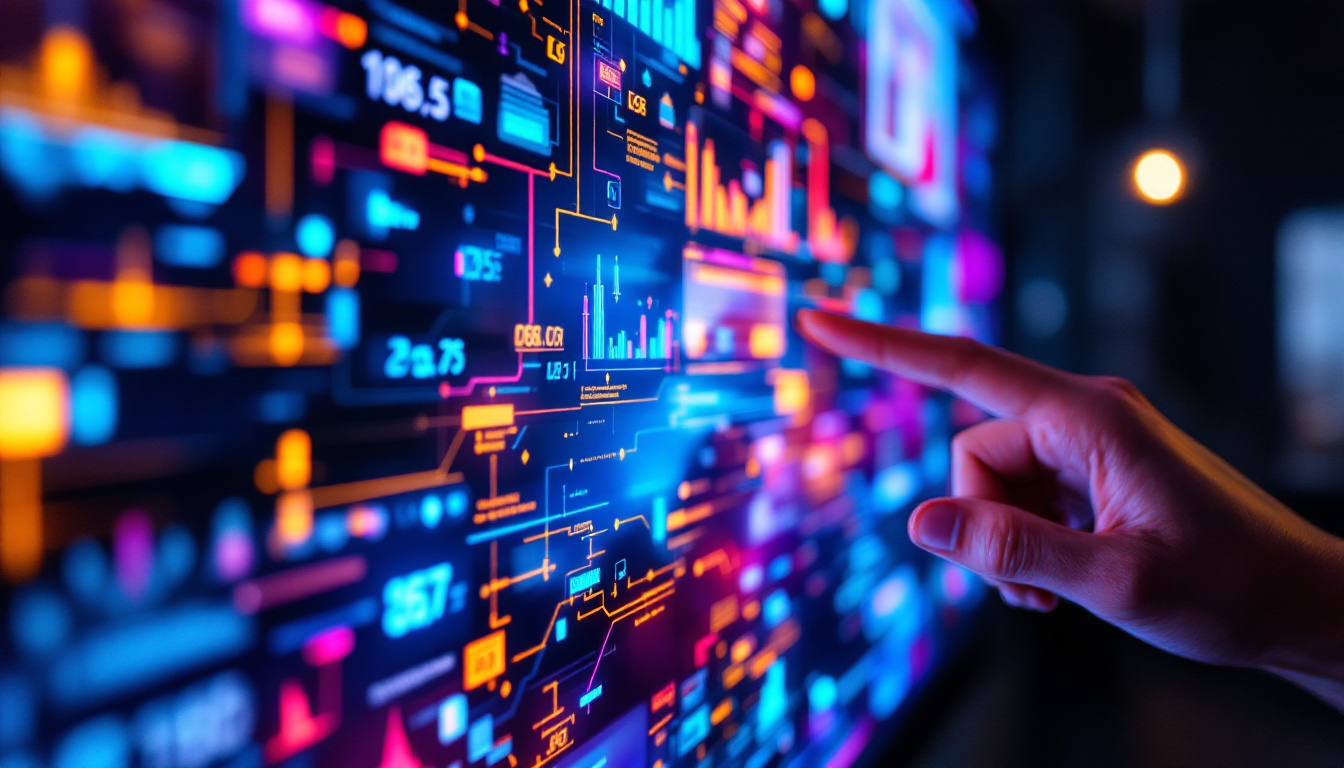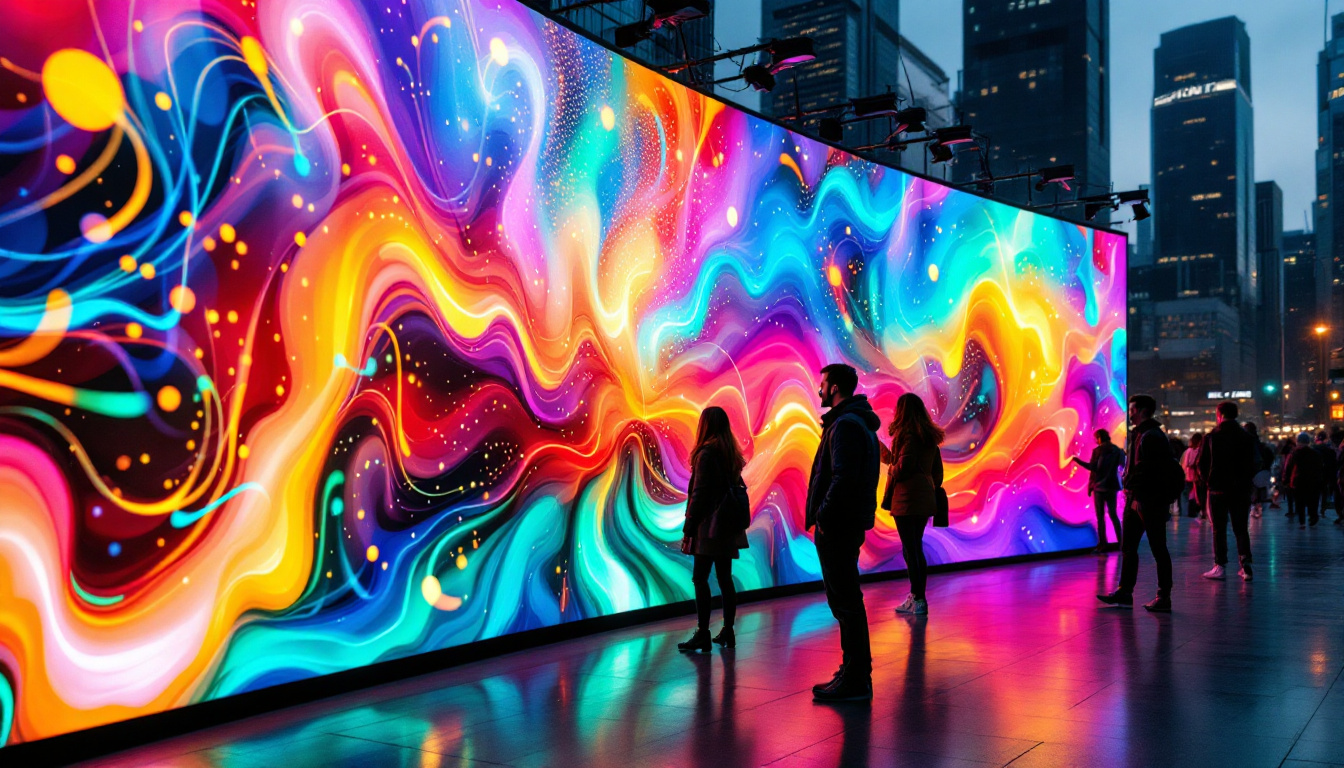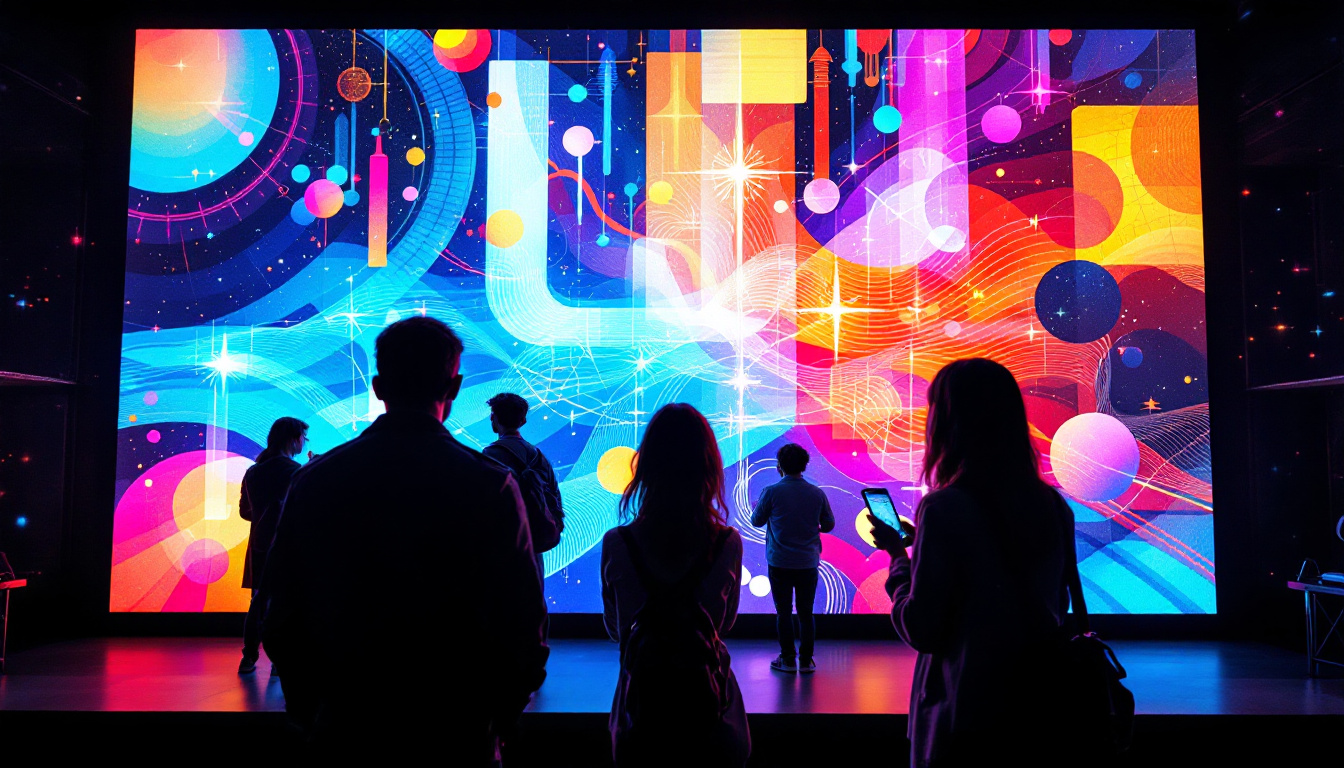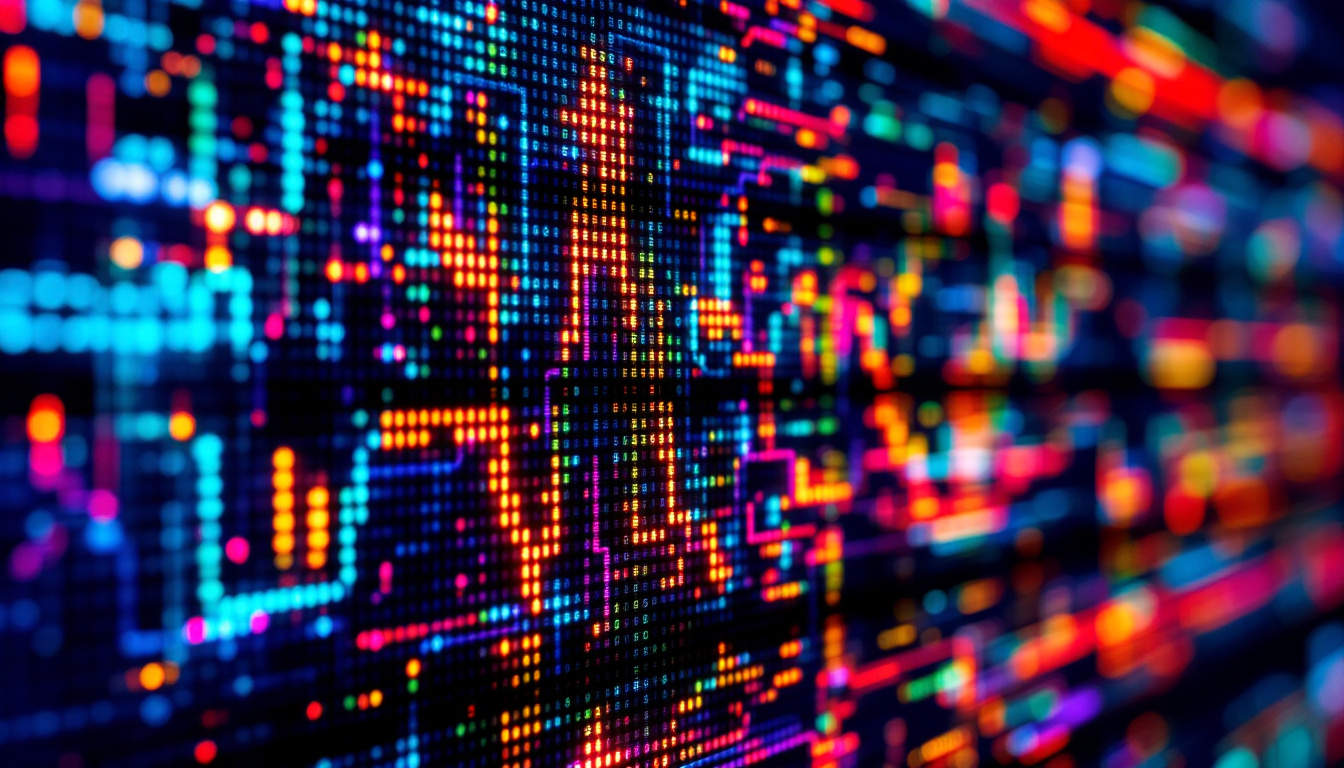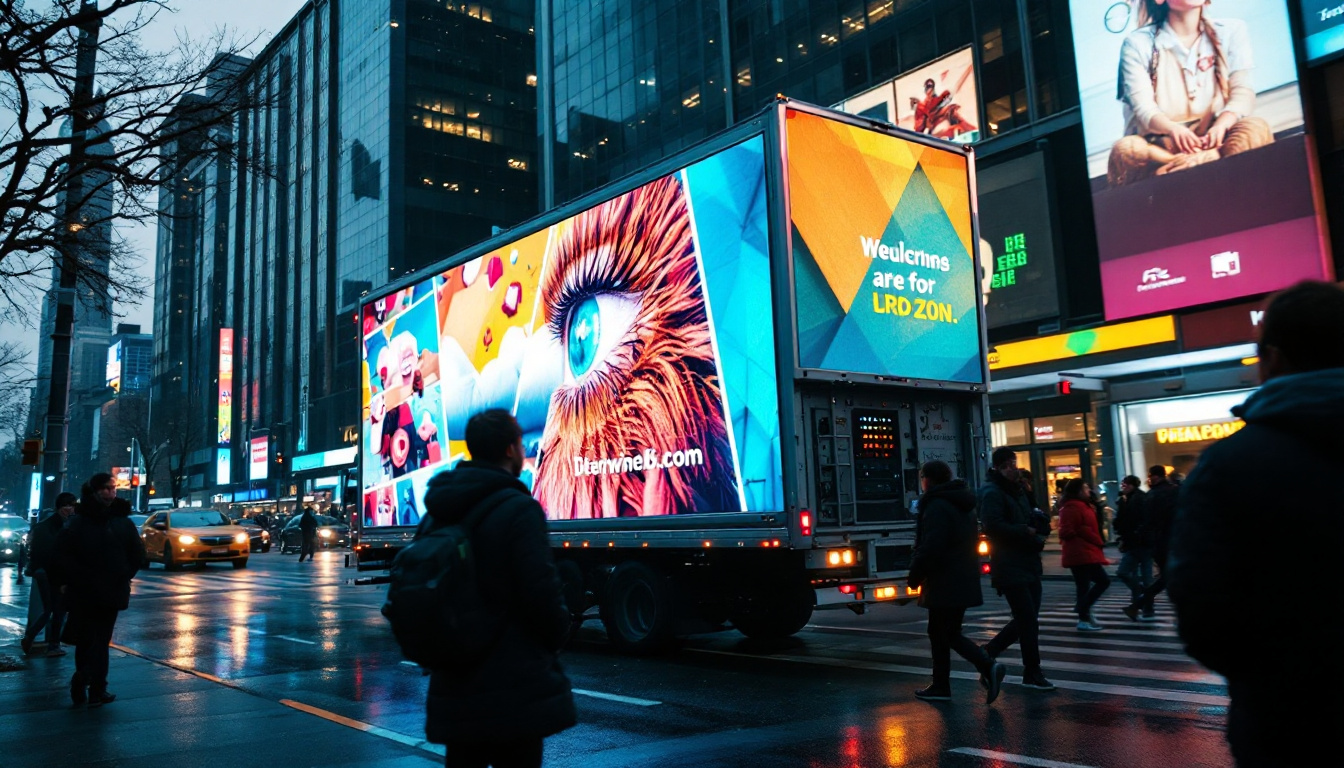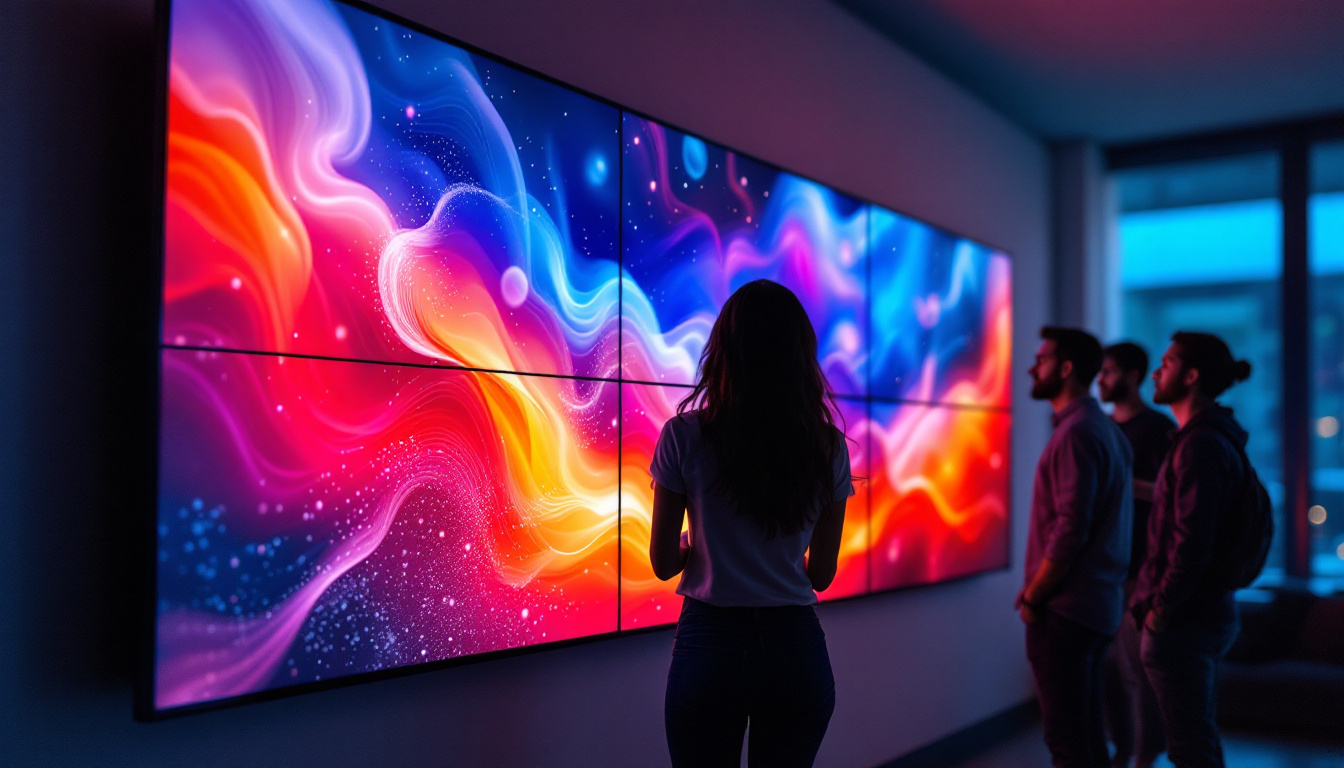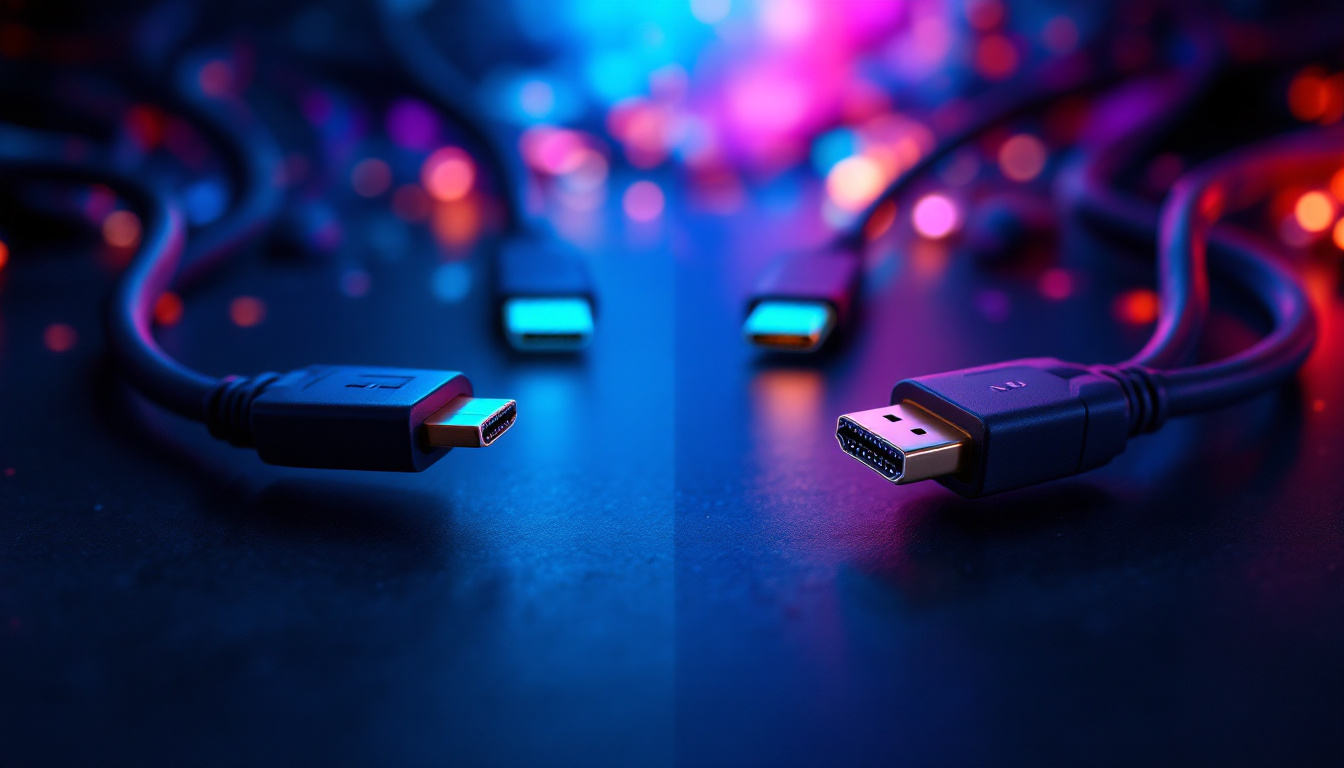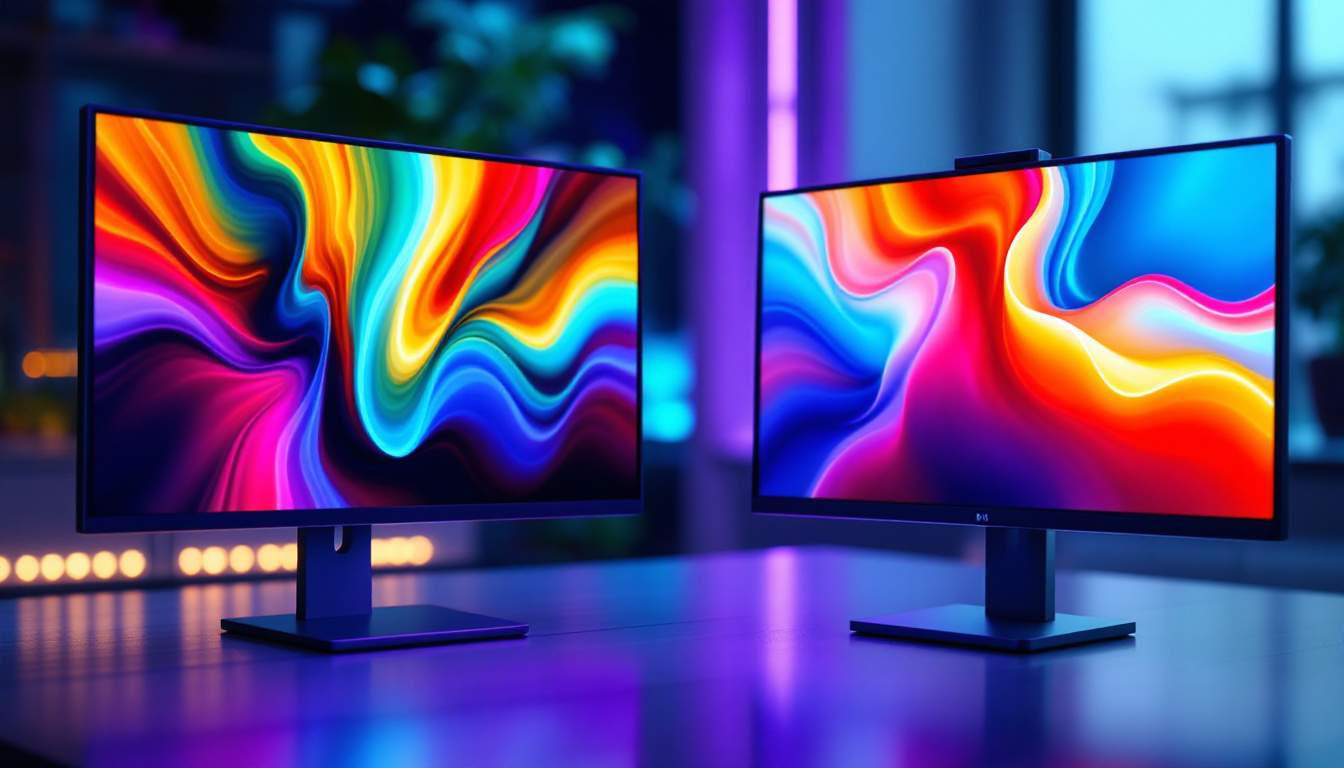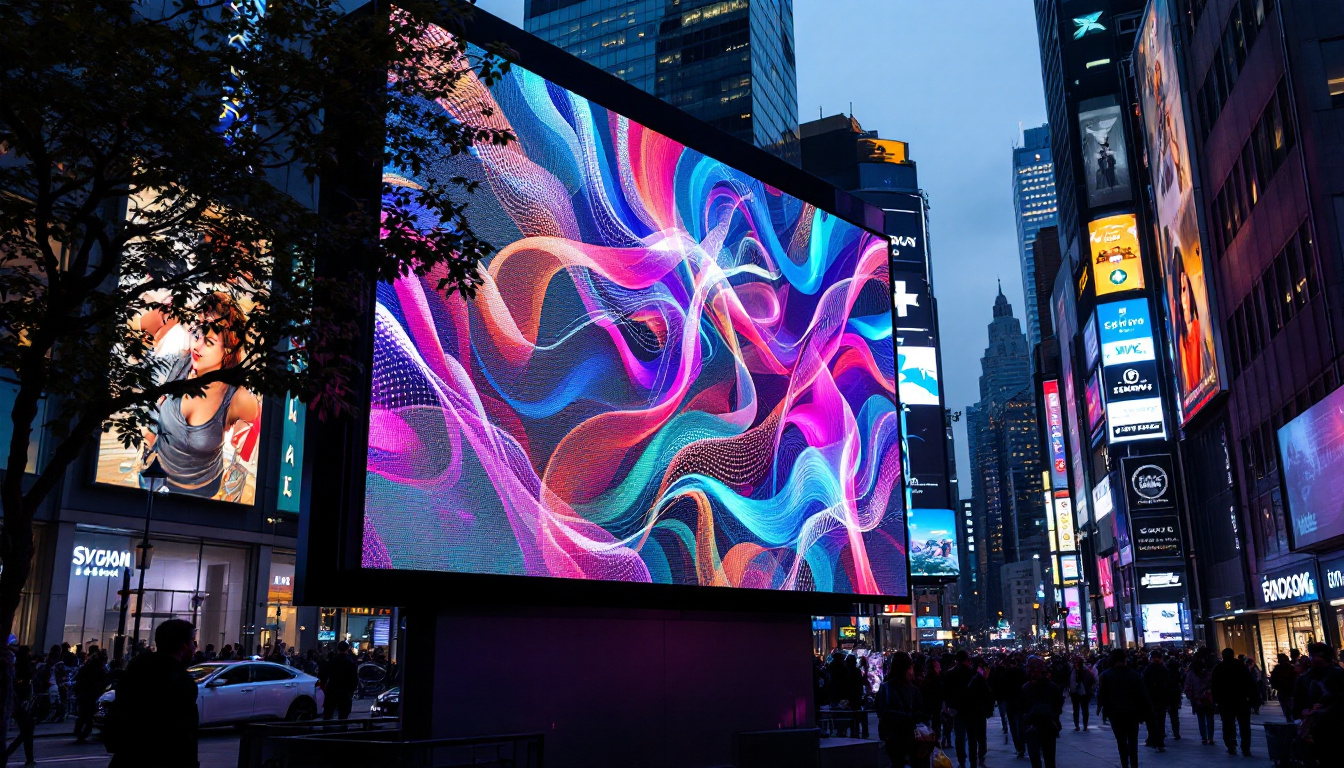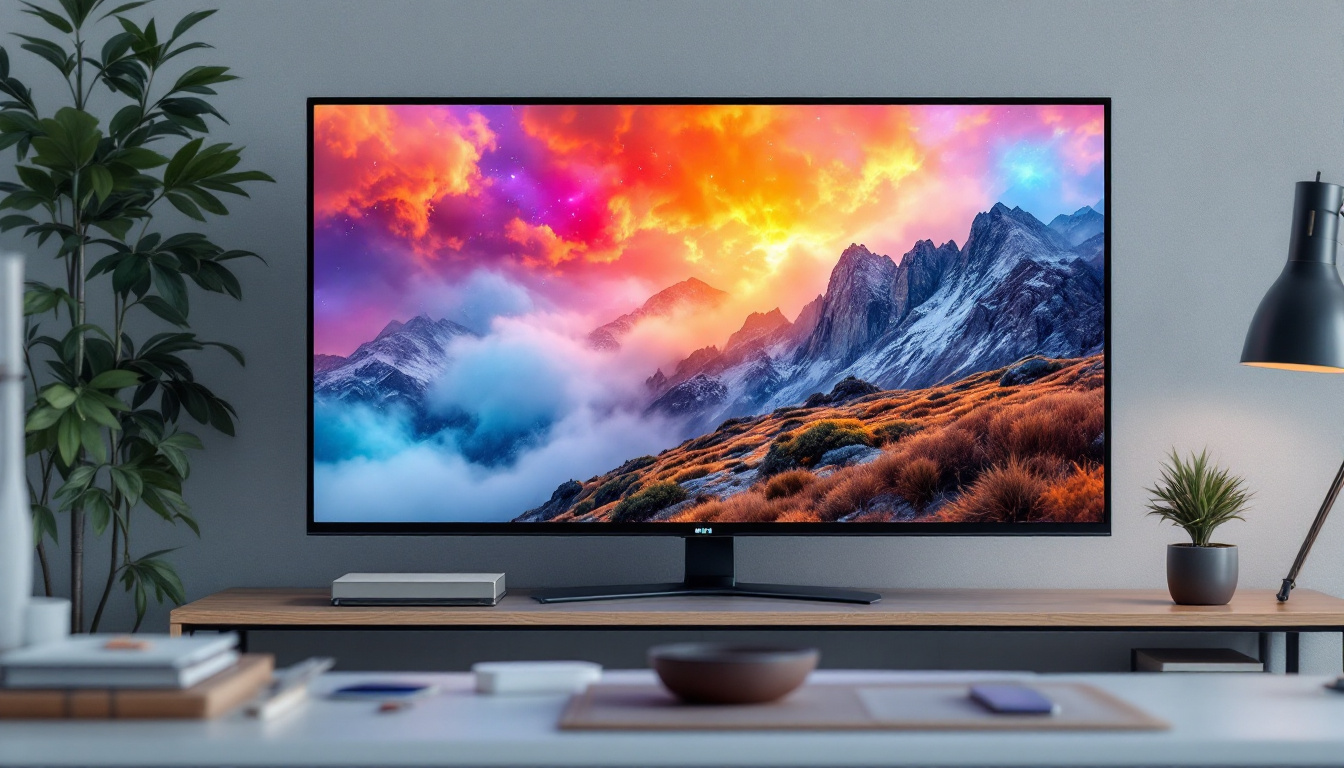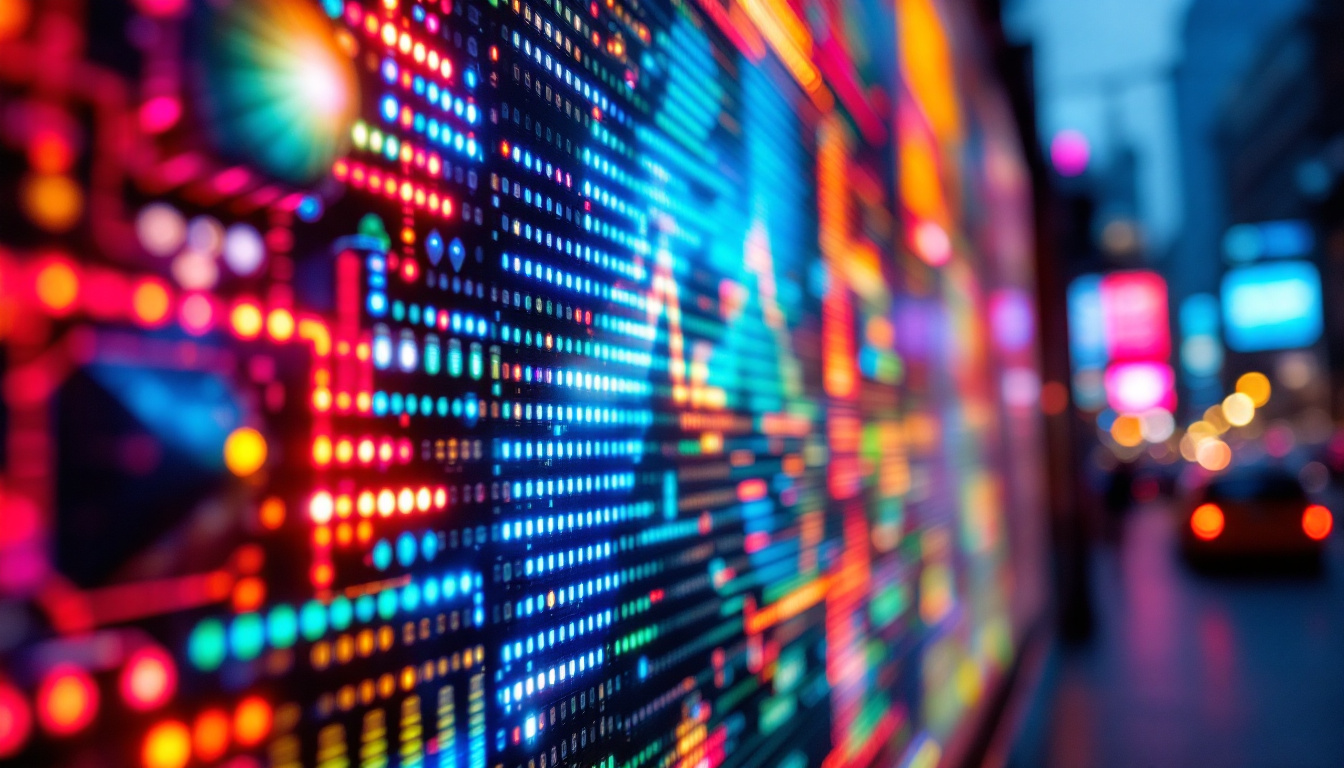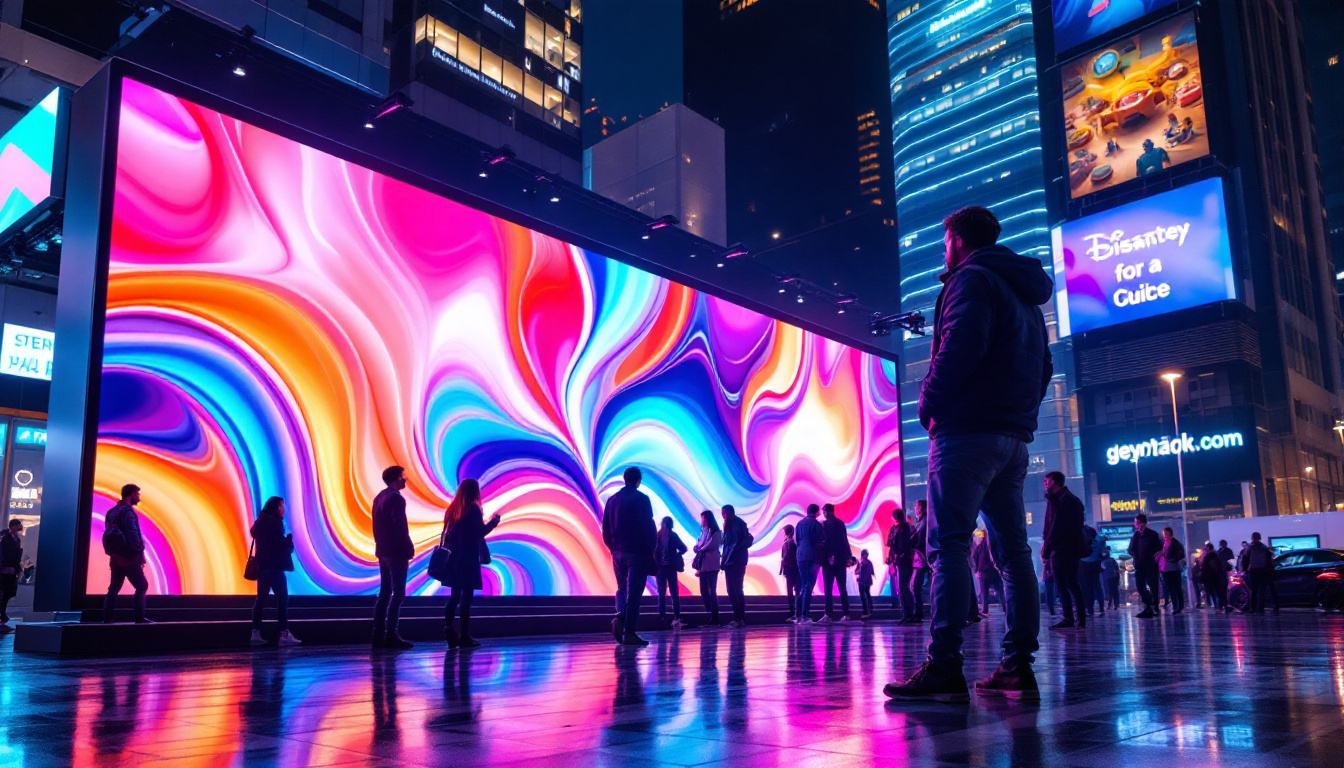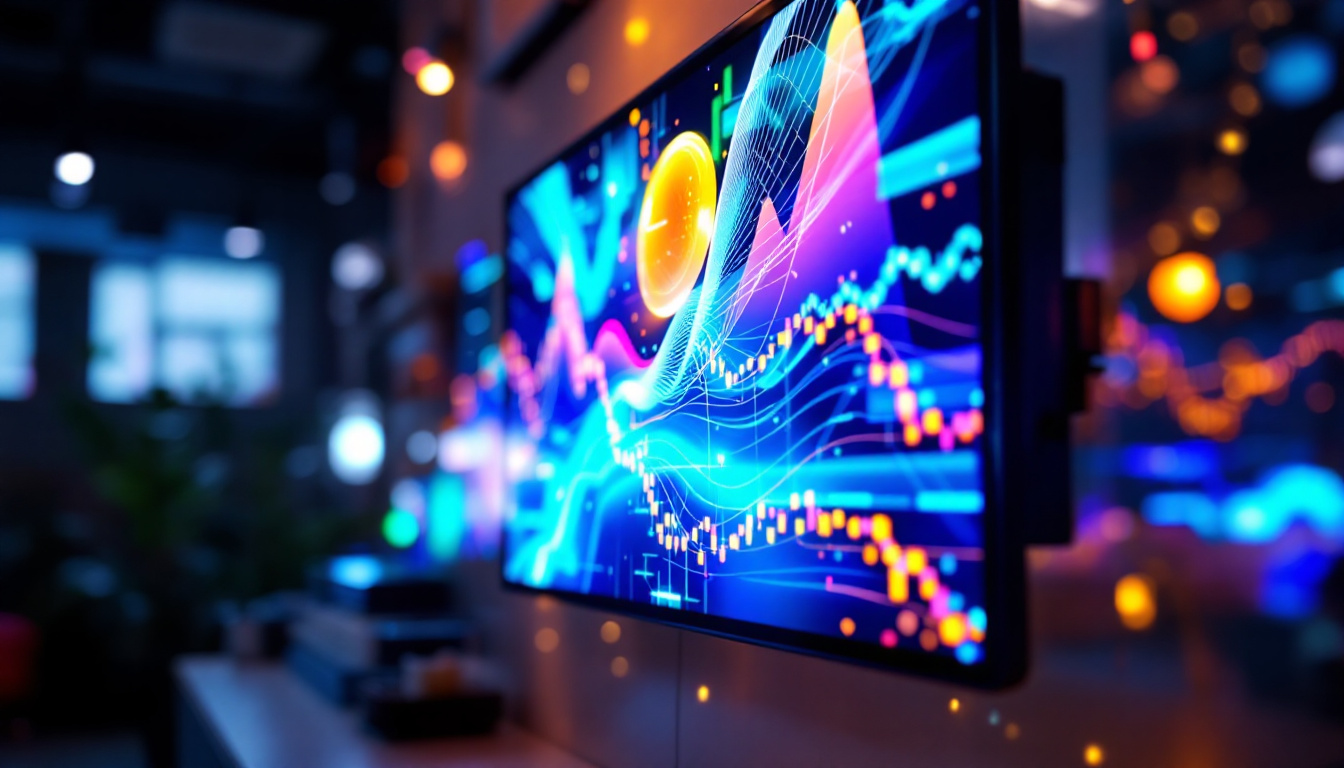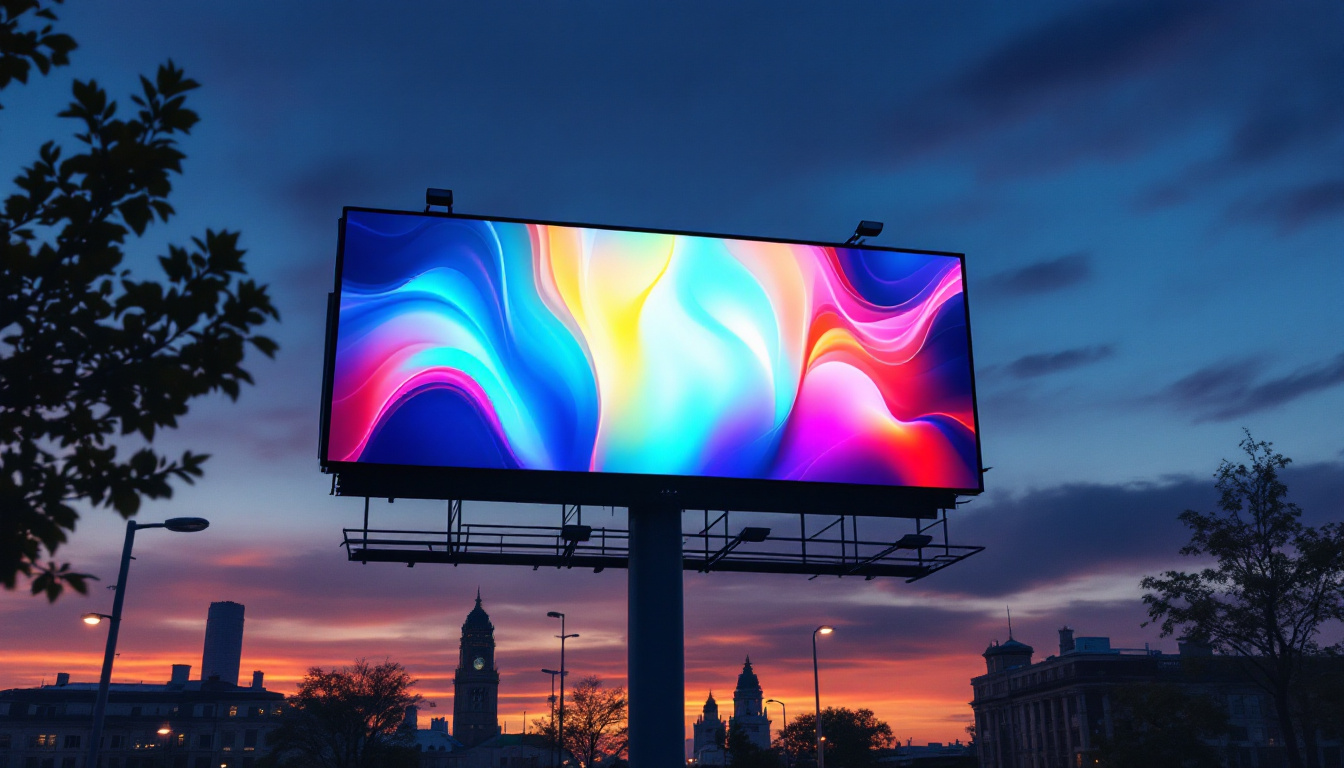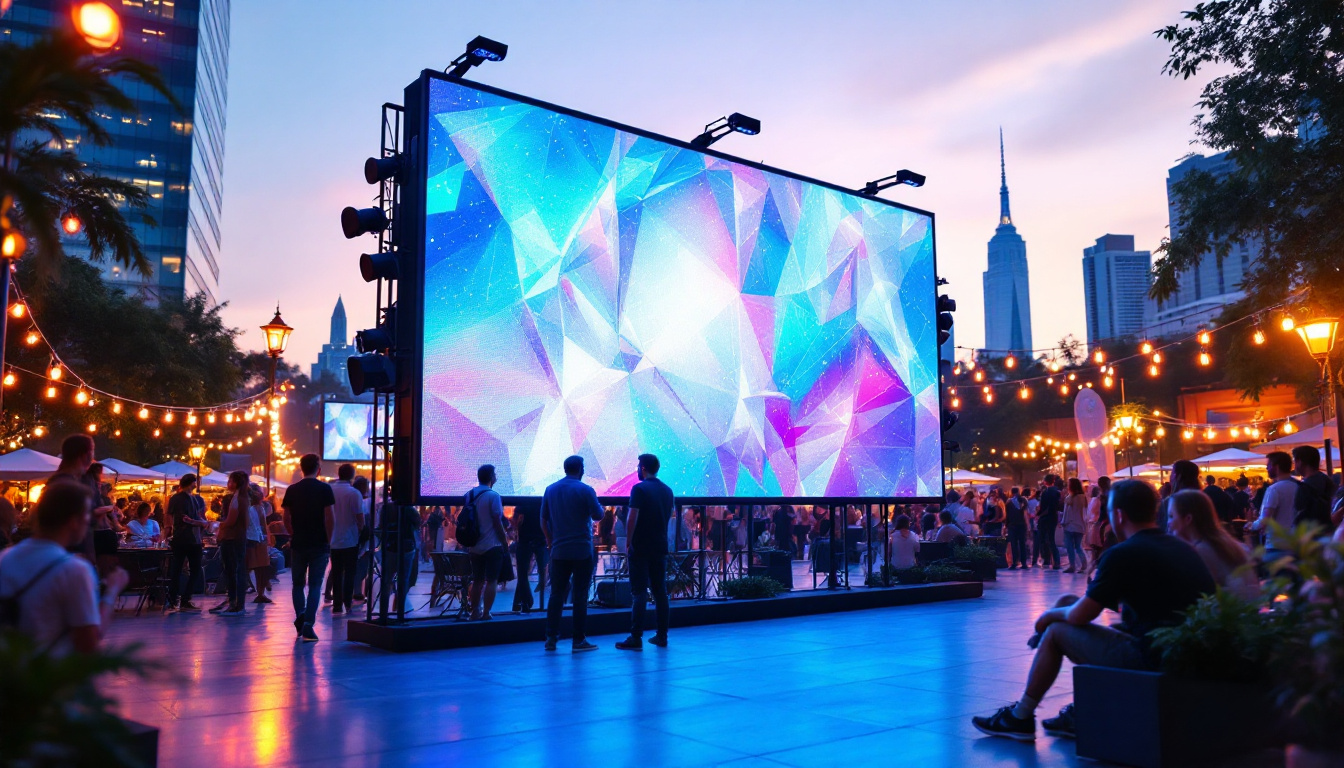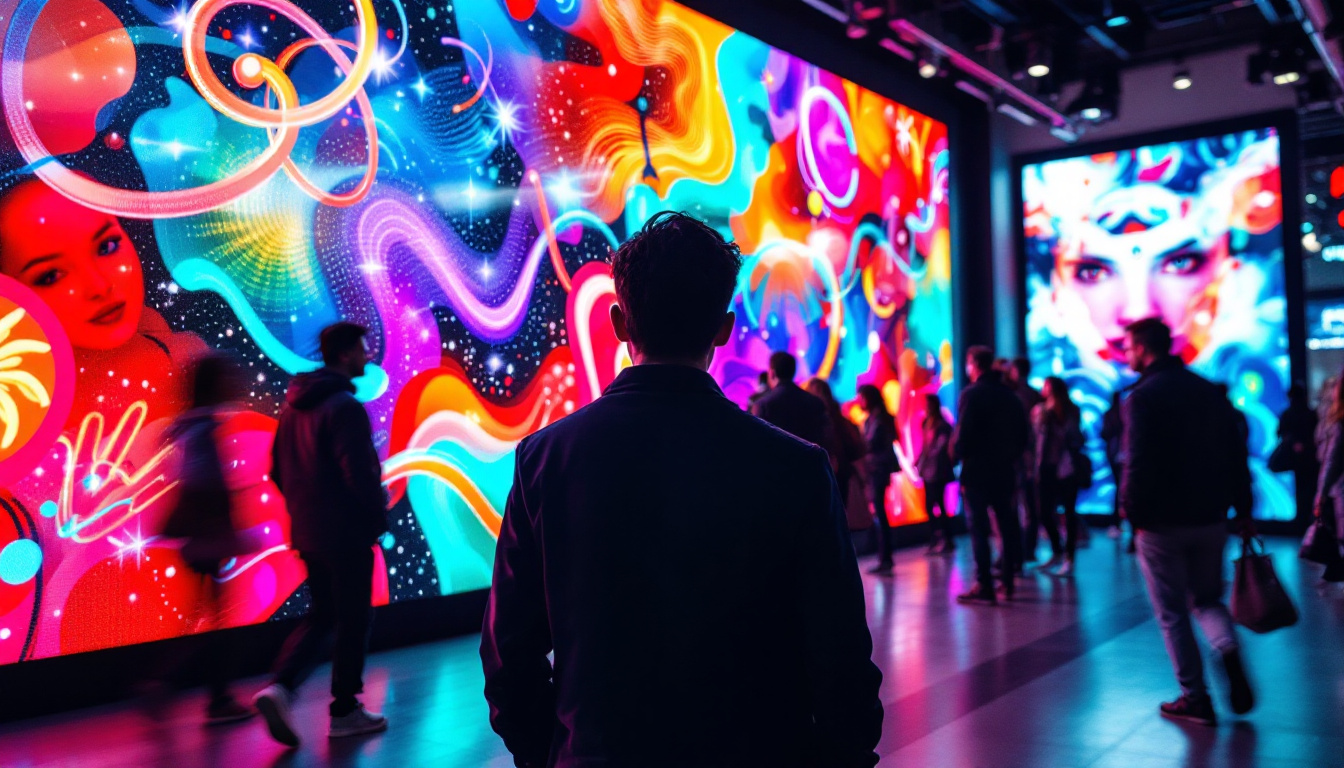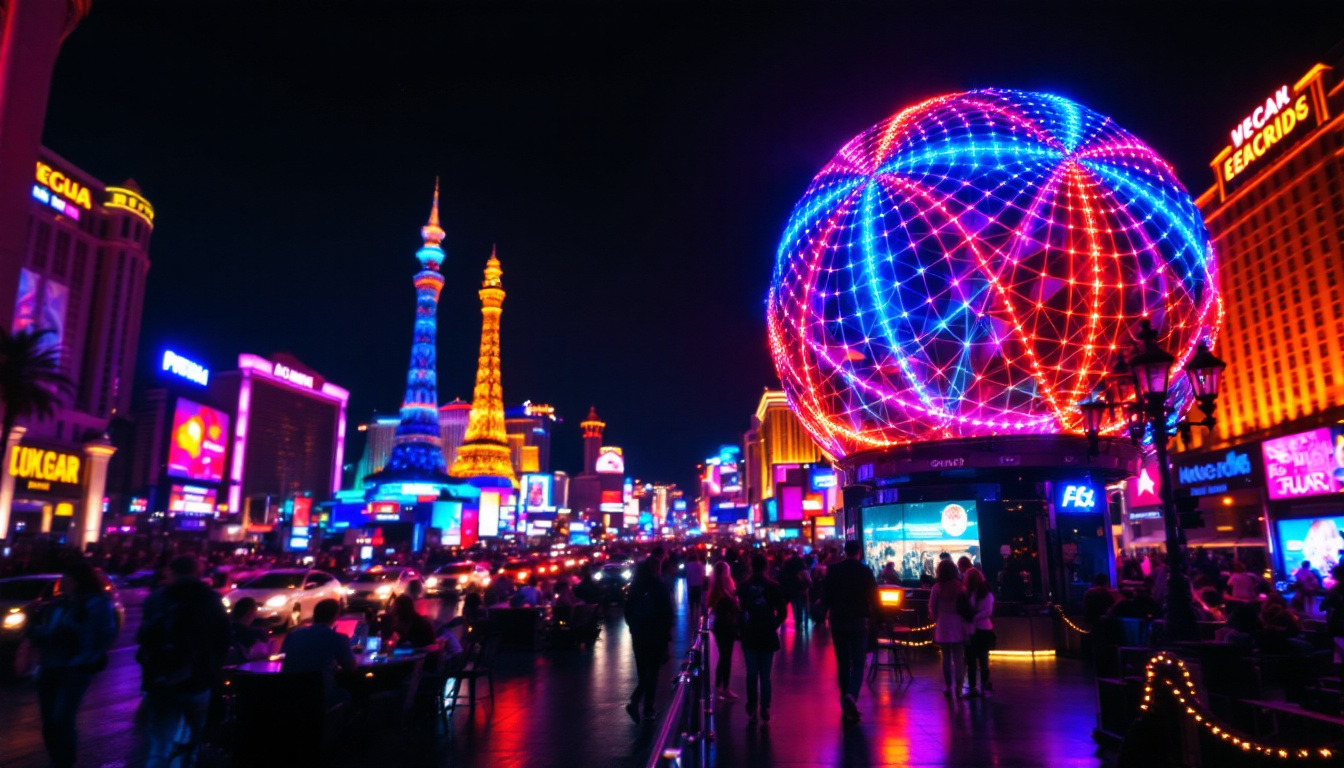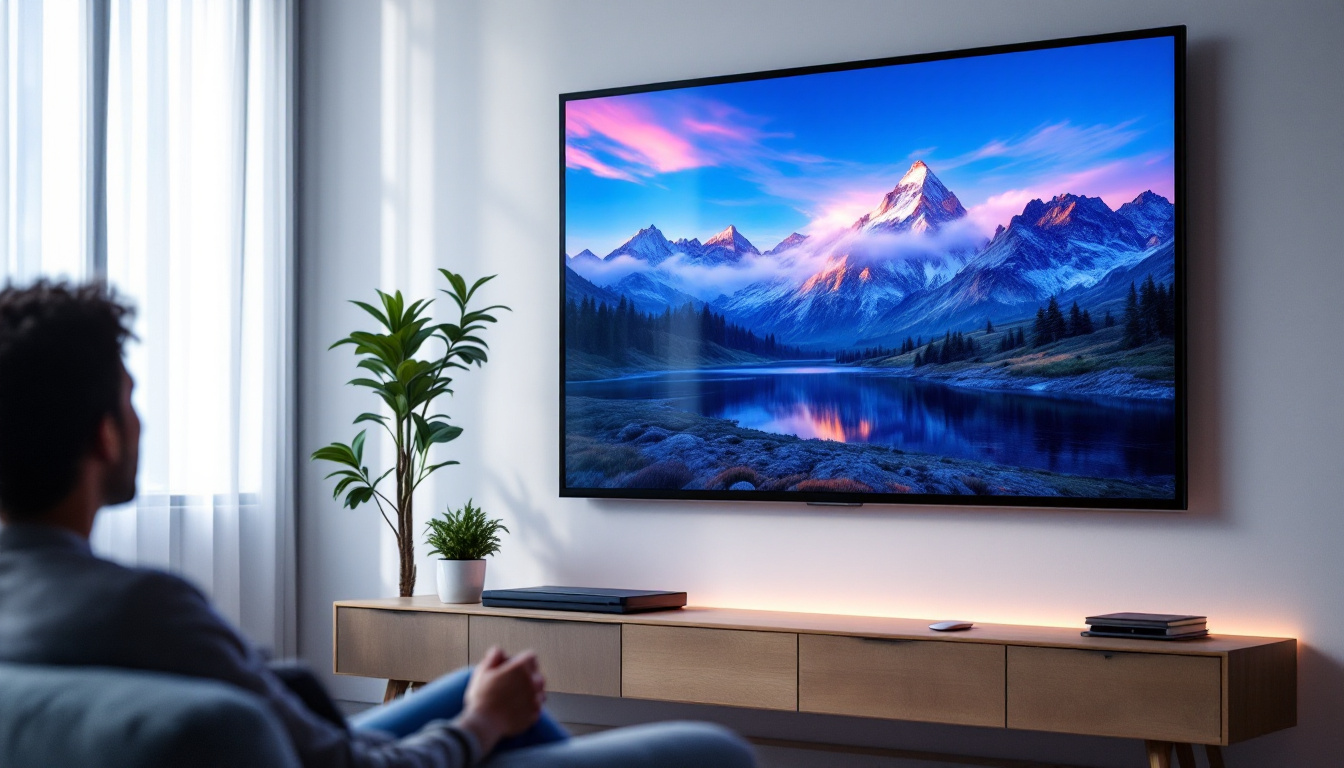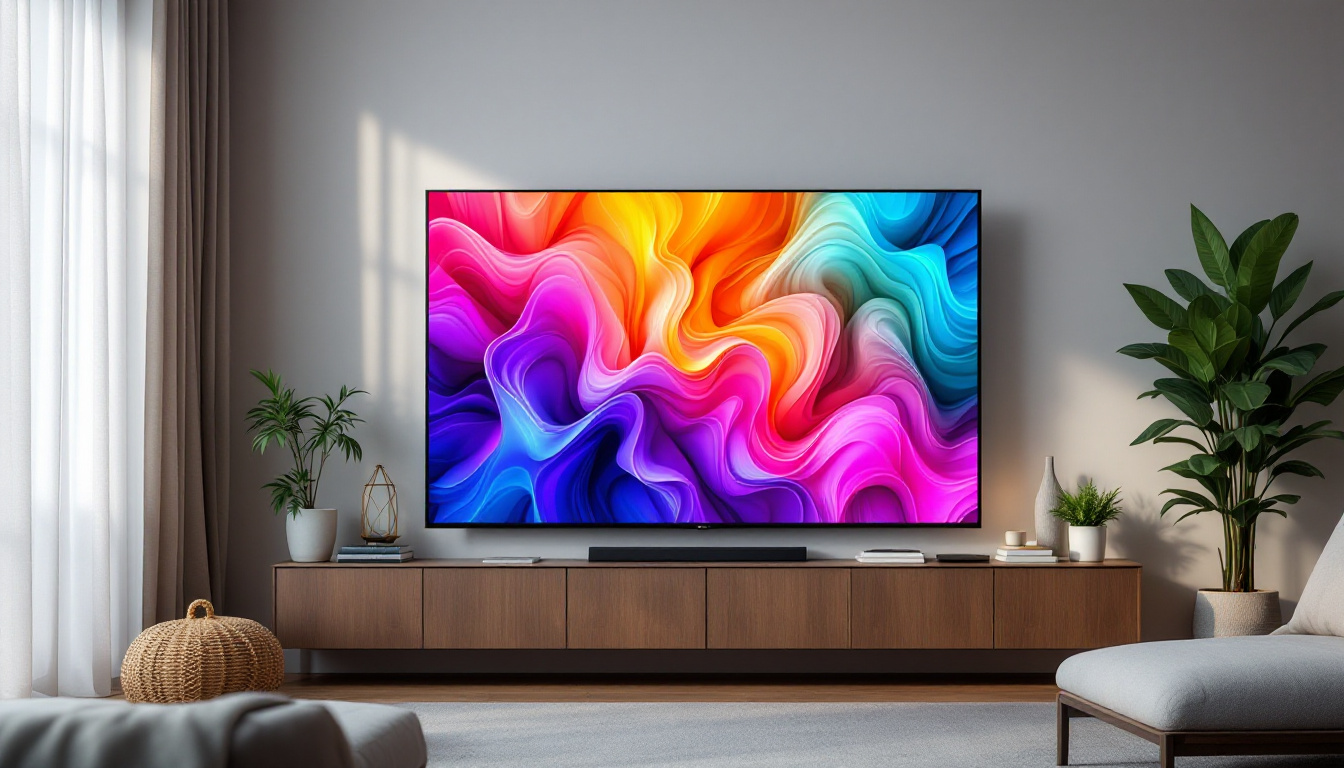New York City is renowned for its vibrant advertising landscape, with billboards that light up the skyline and capture the attention of millions. Among these, LED displays have emerged as a dominant force, transforming the way brands communicate with their audiences. This article delves into the intricacies of LED billboards in New York, exploring their technology, advantages, and impact on advertising.
The Evolution of Billboards in New York
Billboards have been a staple of New York City’s advertising scene for over a century. Initially, these advertisements were painted on walls or constructed from static materials. However, as technology advanced, so did the methods of advertising. The introduction of electric lights in the early 20th century marked the beginning of a new era, allowing for illuminated displays that could be seen from greater distances.
The Rise of Digital Displays
With the advent of digital technology, traditional billboards began to evolve into dynamic displays. Digital billboards, particularly LED displays, have revolutionized the advertising landscape. They offer the ability to showcase vibrant colors, animations, and video content, capturing the attention of passersby in a way that static images simply cannot.
The transition to digital displays has not only enhanced visual appeal but has also allowed for more flexible advertising strategies. Brands can change their messages in real-time, tailoring content to specific audiences or times of day. This adaptability is a significant advantage in a fast-paced environment like New York City.
Technological Advancements
LED technology has come a long way since its inception. Modern LED displays are brighter, more energy-efficient, and capable of producing high-definition images. This technological evolution has made it possible for advertisers to create stunning visuals that stand out against the backdrop of the city.
Moreover, advancements in software have enabled more sophisticated content management systems. Advertisers can now schedule their ads, monitor performance, and even target specific demographics based on real-time data. This level of precision is invaluable for brands looking to maximize their impact in a competitive market.
The Mechanics of LED Displays
Understanding how LED displays work is essential for grasping their significance in the advertising world. LED, or light-emitting diode, technology relies on small semiconductor devices that emit light when an electric current passes through them. This fundamental principle underpins the operation of LED billboards.
Components of an LED Display
LED displays consist of several key components, each playing a crucial role in delivering high-quality visuals. The primary elements include:
- LED Modules: These are the building blocks of the display, containing multiple LED lights that create the images and videos.
- Control Systems: These systems manage the content displayed on the billboard, allowing for real-time updates and scheduling.
- Power Supply: A reliable power source is essential for maintaining consistent brightness and performance.
Each of these components must work in harmony to ensure that the display functions optimally. The integration of these parts is what allows LED billboards to produce eye-catching visuals that can be seen from great distances.
Brightness and Visibility
One of the standout features of LED displays is their brightness. Unlike traditional billboards, LED technology can adjust its brightness based on ambient light conditions. This means that during the day, the display can be brighter to combat sunlight, while at night, it can dim to provide a more comfortable viewing experience.
This adaptability not only enhances visibility but also reduces energy consumption, making LED displays a more sustainable option for advertisers. In a city like New York, where competition for attention is fierce, the ability to stand out in various lighting conditions is invaluable.
The Advantages of LED Billboards
LED billboards offer numerous advantages that make them a preferred choice for advertisers in New York City. These benefits extend beyond mere aesthetics, impacting effectiveness, efficiency, and engagement.
Dynamic Content Capabilities
One of the most significant advantages of LED displays is their ability to showcase dynamic content. Advertisers can rotate multiple ads throughout the day, allowing for a diverse range of messages to be communicated without the need for physical changes to the billboard. This flexibility enables brands to tailor their advertising strategies based on time, location, and audience demographics.
For instance, a restaurant can promote breakfast specials in the morning and switch to dinner promotions in the evening. This level of customization is a game-changer for businesses looking to maximize their advertising impact.
Cost-Effectiveness
While the initial investment in LED technology may be higher than traditional billboard options, the long-term cost savings are significant. LED displays consume less energy, require less maintenance, and have a longer lifespan compared to traditional lighting systems. This efficiency translates into lower operational costs over time.
Additionally, the ability to change content without physical alterations means that advertisers can save on printing and installation costs. In a city where advertising budgets can be substantial, these savings can make a notable difference.
Environmental Impact
As sustainability becomes a growing concern for consumers and brands alike, LED billboards present an environmentally friendly option. Their energy efficiency reduces carbon footprints, and many LED displays are designed to be recyclable, minimizing waste.
Moreover, the longevity of LED technology means fewer replacements and less waste over time. By choosing LED displays, advertisers can align their messaging with environmentally conscious values, appealing to a demographic that increasingly prioritizes sustainability.
The Impact of LED Billboards on Advertising
The rise of LED billboards has significantly transformed the advertising landscape in New York City. These displays not only enhance brand visibility but also influence consumer behavior in various ways.
Increased Engagement
LED billboards are designed to grab attention. The combination of bright colors, movement, and dynamic content creates a captivating experience for viewers. Research has shown that digital billboards can increase engagement rates compared to traditional static displays.
In a city where people are constantly on the move, capturing attention is crucial. LED displays can convey messages quickly and effectively, making them an ideal choice for brands looking to make an immediate impact.
Targeted Advertising
With advancements in technology, LED billboards can be used for targeted advertising. By leveraging data analytics, advertisers can tailor their messages based on the demographics of the area, time of day, and even weather conditions. This level of precision allows brands to reach their ideal audience more effectively.
For example, a clothing retailer can promote winter apparel during colder months or advertise summer sales when the weather is warm. This targeted approach not only increases the relevance of the advertising but also enhances the likelihood of conversion.
Challenges and Considerations
Despite the numerous advantages of LED billboards, there are challenges and considerations that advertisers must navigate. Understanding these factors is essential for maximizing the effectiveness of LED advertising campaigns.
Regulatory Compliance
New York City has strict regulations governing outdoor advertising. Advertisers must ensure that their LED displays comply with local laws, including size restrictions, brightness limits, and content guidelines. Navigating these regulations can be complex, and failure to comply can result in fines or removal of the display.
Working with experienced advertising agencies familiar with local regulations can help mitigate these challenges and ensure that campaigns run smoothly.
Maintenance and Upkeep
While LED displays are generally low-maintenance, they still require regular upkeep to ensure optimal performance. This includes cleaning the display, checking for any malfunctioning LEDs, and updating software. Neglecting maintenance can lead to diminished visual quality and reduced effectiveness.
Establishing a routine maintenance schedule is crucial for keeping LED billboards in top condition and ensuring that they continue to deliver impactful advertising.
The Future of LED Billboards in New York
The future of LED billboards in New York City looks promising, with continued advancements in technology and advertising strategies. As brands seek innovative ways to engage consumers, LED displays will likely play an increasingly central role in outdoor advertising.
Integration with Digital Platforms
As digital marketing continues to evolve, the integration of LED billboards with online platforms is becoming more prevalent. Brands can synchronize their outdoor advertising with social media campaigns, creating a cohesive message across multiple channels. This cross-platform strategy enhances brand recognition and reinforces messaging.
For example, a brand may run a social media campaign encouraging users to share their experiences, which can then be highlighted on LED displays in real-time. This level of interaction not only engages consumers but also fosters a sense of community around the brand.
Enhanced Interactivity
The future of LED billboards may also include enhanced interactivity. As technology advances, advertisers may explore ways to incorporate interactive elements, such as touchscreens or QR codes, allowing consumers to engage directly with the content. This interactivity can create a more immersive experience, encouraging consumers to take action.
Imagine a billboard that allows passersby to vote on their favorite product or enter a contest through their smartphones. Such innovations could redefine the relationship between brands and consumers, making advertising more engaging and participatory.
Conclusion
LED billboards have become a defining feature of New York City’s advertising landscape, offering a dynamic and effective way for brands to connect with their audiences. With their technological advancements, cost-effectiveness, and environmental benefits, LED displays are well-positioned to shape the future of outdoor advertising.
As the advertising industry continues to evolve, embracing new technologies and strategies will be crucial for brands looking to stand out in a crowded marketplace. LED billboards are not just a trend; they represent a fundamental shift in how brands communicate with consumers, making them an essential component of modern advertising in New York City.
Illuminate Your Brand with LumenMatrix
Ready to elevate your advertising to new heights in the bustling heart of New York City? LumenMatrix is at the forefront of LED display innovation, offering a wide array of solutions tailored to your unique needs. From the mesmerizing Indoor LED Wall Display to the vibrant Outdoor LED Wall Display, and from the mobile versatility of Vehicle LED Displays to the interactive Floor LED Displays, we have the technology to bring your vision to life. Embrace the future of visual communication with our Custom LED Displays and All-in-One LED solutions, including the cutting-edge LED Transparent Display. Don’t just blend into the cityscape; stand out and captivate your audience. Check out LumenMatrix LED Display Solutions today and transform the way you connect with your audience.

